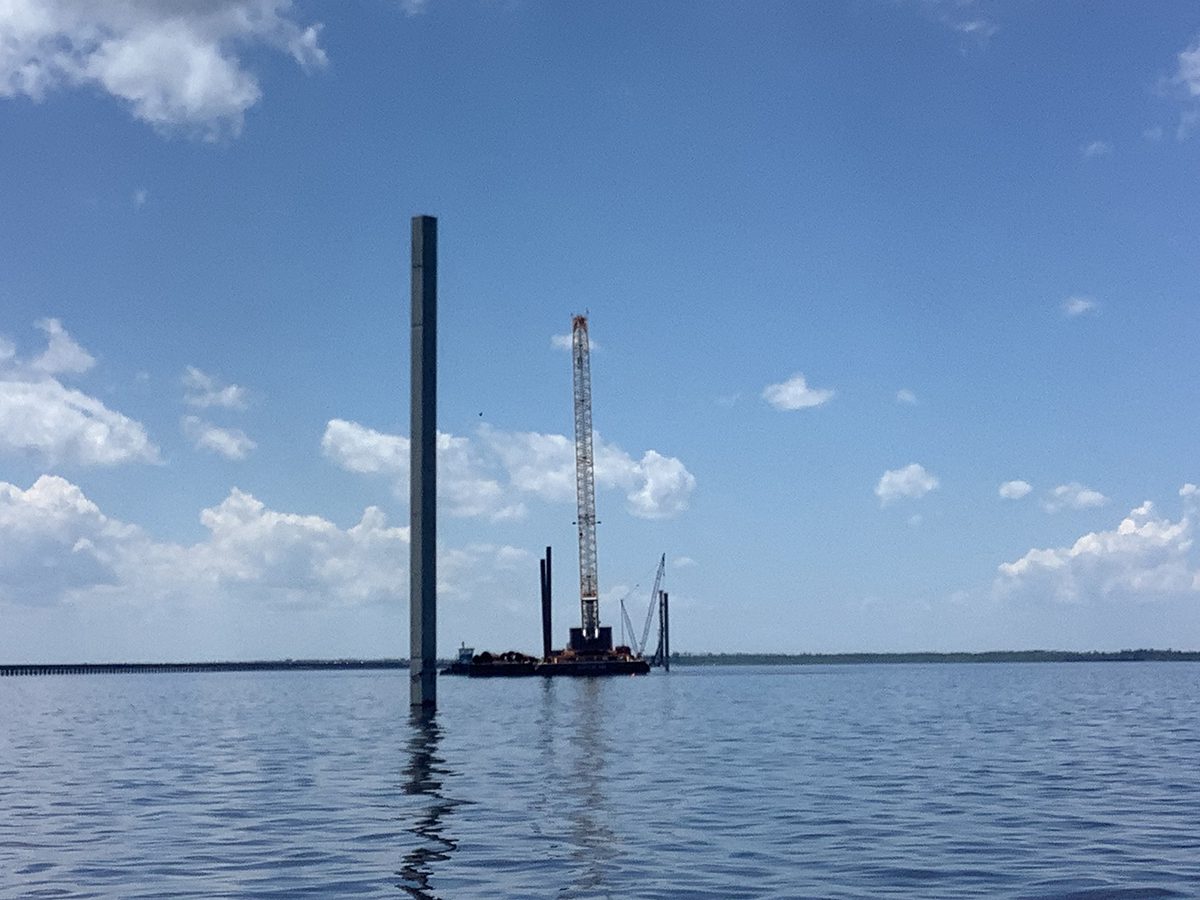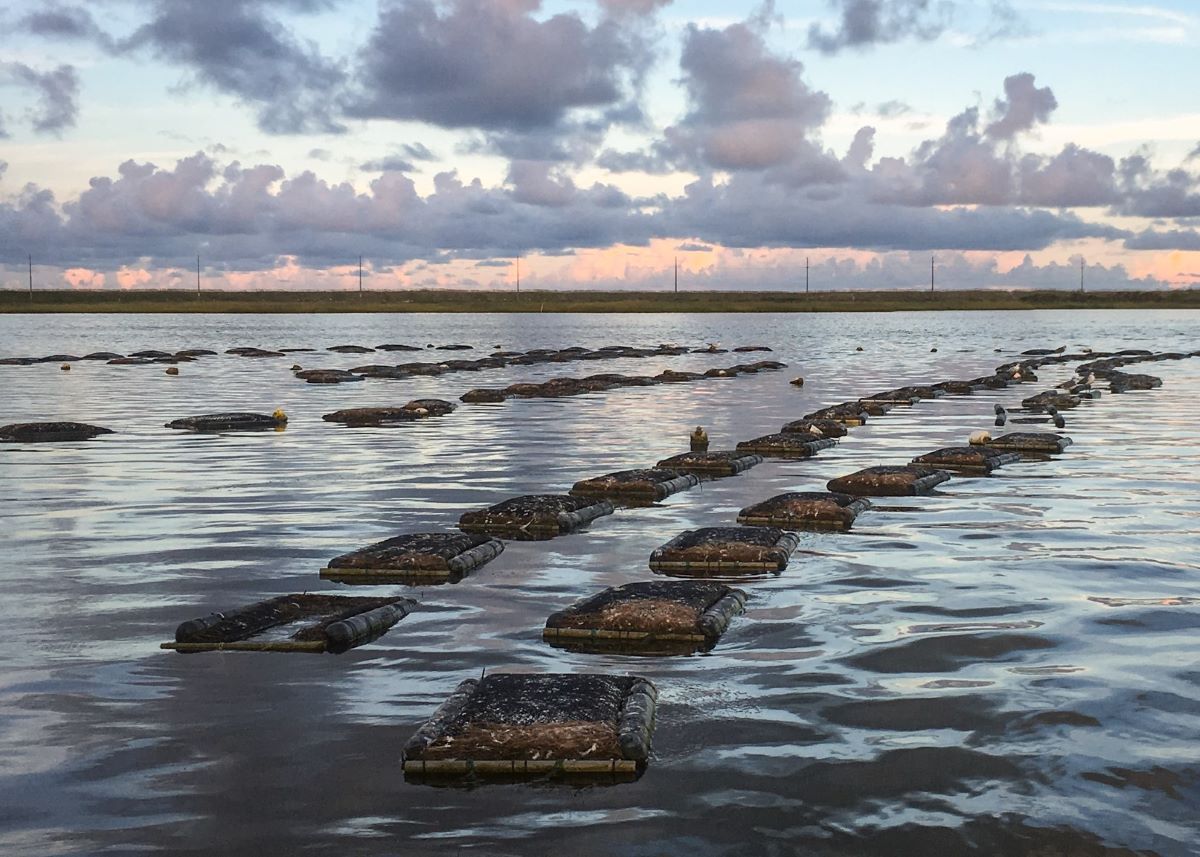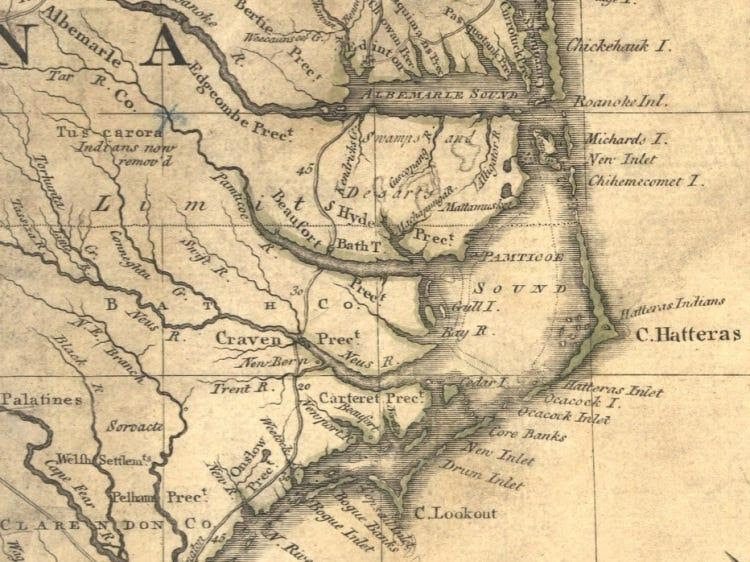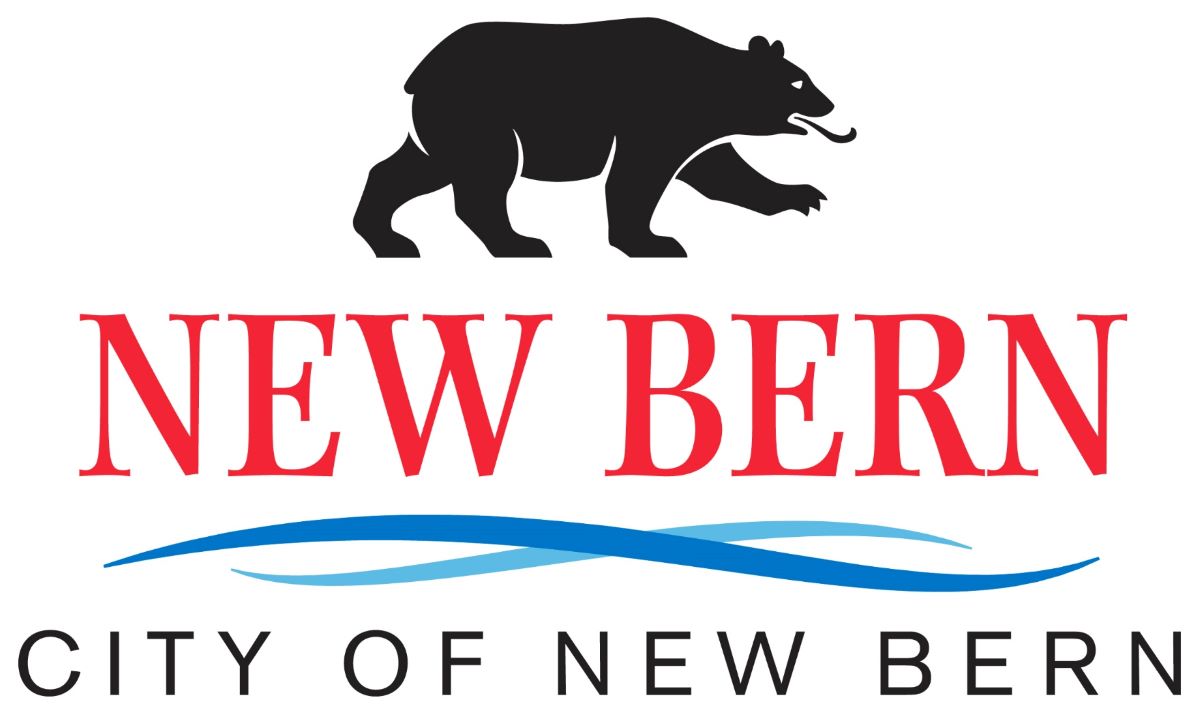
Reprinted from Island Free Press
As the weather cools and the crowds start to taper off, there is one flock of visitors who still frequent the Outer Banks in droves once November is in full swing – migrating birds at the Pea Island National Wildlife Refuge.
Sponsor Spotlight
Per a recent update from the United States Fish and Wildlife Service, or USFWS, in North Carolina, more than 17,000 birds were spotted in the refuge’s impoundments last week alone, which included more than 11,400 northern pintails.
“If you haven’t been to #PeaIslandRefuge lately, this is a great time to go,” stated USFWS in North Carolina in a social media update. “Waterfowl are here!”
Pea Island National Wildlife Refuge was established in 1938 to provide nesting, resting and wintering habitat for migratory birds, including the greater snow geese and other migratory waterfowl, shorebirds, wading birds, raptors and neotropical migrants.
Expanding for 13 miles on the northern end of Hatteras Island, the refuge, which includes 5,834 acres of land and 25,700 acres of water, is home to more than 365 species of animals on a year-round and/or temporary basis.
Sponsor Spotlight
Of the species within the refuge, 315 are birds, 34 are fish, 32 are reptiles and amphibians, 21 are terrestrial mammals, 8 are marine mammals, and 20 are other aquatic organisms.
But it’s traditionally the birds who make the biggest splash with visitors, and especially in the fall months, as the refuge’s location along the Atlantic Flyway makes it a popular landing spot for migrating birds to take a break and enjoy a vacation on the Outer Banks.
Bird activity within the refuge tends to stick around well into the late winter months, as well.
tundra swans also tend to arrive in early November, and increase in numbers as the winter progresses. Eastern North Carolina provides wintering habitat for an average of 70,000 tundra swans, or roughly 65-70% of the entire eastern tundra swan population, and they are a popular sight – complete with lots of loud squawking – once the temperatures begin to drop.
At Pea Island, they can be seen on the impoundments at North Pond, New Field, and South Pond, which are all great areas to watch other wintering waterfowl as well.
In addition to the mass tundra swan and northern pintail gatherings at the refuge, visitors can also look forward to potential sightings of snow geese, Canadian geese, and many thousands of ducks, grebes, coots, American White Pelicans, herons, egrets, and other water birds as November progresses.
Simply put, Pea Island is for the birds this time of year, and visitors who want an up-close encounter with the Outer Banks’ wild side won’t be disappointed.
How to Visit
A good starting point to explore the refuge is the Pea Island National Wildlife Refuge Visitors Center, which connects with the North Pond Wildlife Trail, immediately behind the parking area.
Wildlife trails within the refuge are open year-round during daylight hours, and are fully disabled-accessible. Neither pets nor bicycles are allowed on walking trails, and more information can be found at https://www.fws.gov/refuge/pea_island/visit/visitor_activities/wildlife_trails.html.
For more information on happenings within the Pea Island National Wildlife Refuge and beyond, visit https://www.facebook.com/USFWS.NC.
This story is provided courtesy of the Island Free Press, a digital newspaper covering Hatteras and Ocracoke islands. Coastal Review Online is partnering with the Free Press to provide readers with more environmental and lifestyle stories of interest along our coast.







